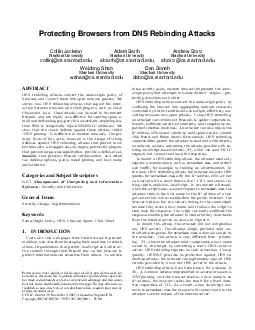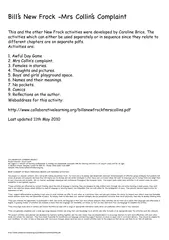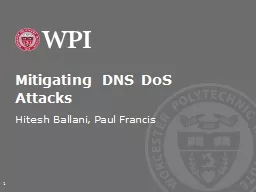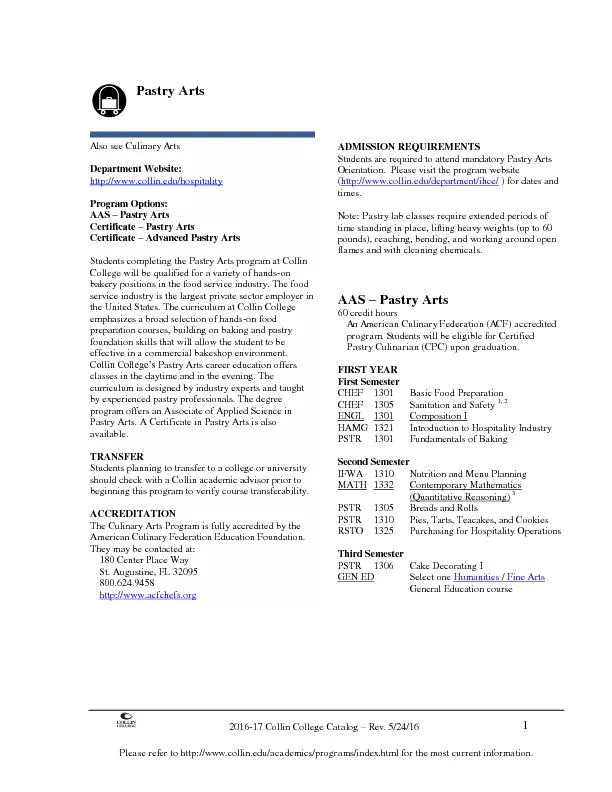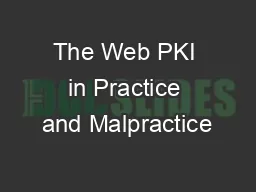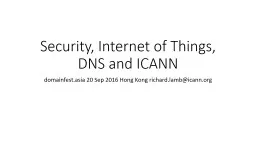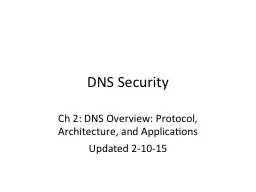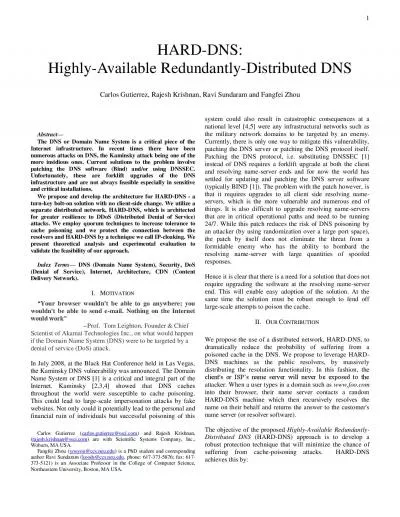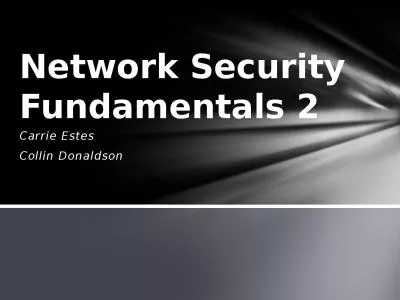PDF-Protecting Browsers from DNS Rebinding Attacks Collin
Author : sherrill-nordquist | Published Date : 2014-11-26
stanfordedu Adam Barth Stanford University abarthcsstanfordedu Andrew Bortz Stanford University abortzcsstanfordedu Weidong Shao Stanford University wshaocsstanfordedu
Presentation Embed Code
Download Presentation
Download Presentation The PPT/PDF document "Protecting Browsers from DNS Rebinding A..." is the property of its rightful owner. Permission is granted to download and print the materials on this website for personal, non-commercial use only, and to display it on your personal computer provided you do not modify the materials and that you retain all copyright notices contained in the materials. By downloading content from our website, you accept the terms of this agreement.
Protecting Browsers from DNS Rebinding Attacks Collin: Transcript
Download Rules Of Document
"Protecting Browsers from DNS Rebinding Attacks Collin"The content belongs to its owner. You may download and print it for personal use, without modification, and keep all copyright notices. By downloading, you agree to these terms.
Related Documents

